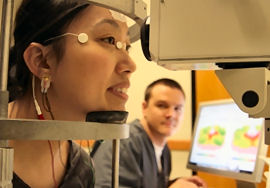
While America has been long badged the “throw-away society”, it’s only recently that researchers from the University of Arizona have quantified what gets thrown aways as a percentage of what is produced. Astonishingly, a new study has found that forty to fifty percent of all food ready for harvest never gets eaten.
Timothy W. Jones, an anthropologist at the University of Arizona, has spent the last 10 years measuring food loss, examining farms and orchards, warehouses, retail outlets, dining rooms and landfills. What he found was that not only is edible food discarded that could feed people who need it, but the rate of loss, even partially corrected, could save U.S. consumers and corporations tens of billions of dollars each year.
Jones’ research evolved from earlier work done by University of Arizona archaeologists who began measuring garbage in the 1970s to see what was being thrown away and discovered that people were not fully aware of what they were using and discarding.
Jones’ research shows that by measuring how much food is actually being brought into households, a clearer picture of that end of the food stream is beginning to emerge. On average, households waste 14 percent of their food purchases. Fifteen percent of that includes products still within their expiration date but never opened. Jones estimates an average family of four currently tosses out $590 per year in meat, fruits, vegetables and grain products. Nationwide, he says, household food waste alone adds up to $43 billion, making it a serious economic problem. Cutting food waste would also go a long way toward reducing serious environmental problems. Jones estimates that reducing food waste by half could reduce adverse environmental impacts by 25 percent through reduced landfill use, soil depletion and applications of fertilizers, pesticides and herbicides.


















Comments are closed.